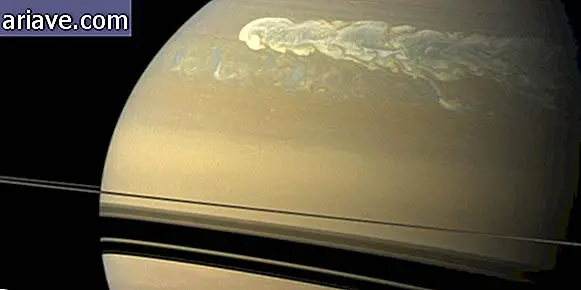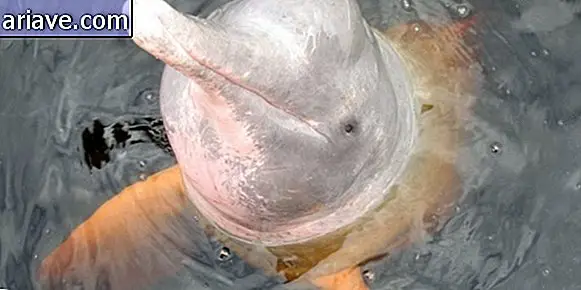Fossil discovery could change current map of human evolution
According to The Verge, an international team of researchers will publish on Friday several studies that can rewrite the map of human evolution. Research describes the team's findings on Australopithecus sediba, a prehuman species that inhabited our planet 2 million years ago.
Based on how these creatures walked, chewed, and moved, scientists believe humans are direct descendants of A. sediba, in an alternative theory to the fact that our most likely ancestor is Homo habilis, which emerged 100, 000 years later. of these prehumans. In addition, the mix of human characteristics and primates of A. sediba also point to a different evolutionary line.
Prehuman Evidence

An analysis of the dental structure of A. sediba revealed several similarities with Homo sp. On the other hand, the same assessment also showed disparities with respect to A. afarensis, a type of hominid that includes the famous Lucy skeleton, discovered in East Africa in 1974 and commonly accepted as the ancestor that gave rise to all prehumans.
In addition to the dental structure, researchers have found other traces that seem to make up this evolutionary mosaic better. Both the thorax, backbone, and jaw of A. sediba show surprisingly human characteristics, and although the arms and hands have ideal tree-climbing qualities, the lower limbs show signs of being used for bipedal movements.
Another important trace is the presence of elongated big toes, suggesting that, like early humans, A. sediba probably used them to hold tools and other objects. According to the researchers, no matter what the structure evaluated, from head to toe, the skeletons show clear evidence of evolution from the transition of these creatures to the genus Homo sp., more than any other species of australopithecus ever studied.
Accidental discovery

The bones of A. sediba were discovered by chance in 2008 in a cave in South Africa. Since then they have been studied, and the surprising results should make up the most complete study of a prehuman species ever conducted. These creatures were just over four feet tall and small brains that, although similar to those of primates, had a more human-like shape and organization.
Paleontologists admit that the findings are open to new interpretations, since the fossil record remains incomplete. However, they also claim that the evidence found strongly suggests that if A. sediba is not the direct ancestor of the genus Homo sp., they were certainly a "close relative" of these ancestors.
Controversies

Not surprisingly, there is already an avalanche of contestation over the research results, many claiming that A. sediba would be too young to have been human ancestors, citing the discovery of very spoiled and dubiously identified fossils from Homo. habilis with 2.3 million years.
And it is precisely the lack of well-preserved fossils of other species that makes the work of comparing creatures so complicated. This makes the course of the evolutionary map of human beings still uncertain, and although A. sediba opens up a gigantic new possibility, this discussion will continue to be shrouded in a dense cloud of speculation.











